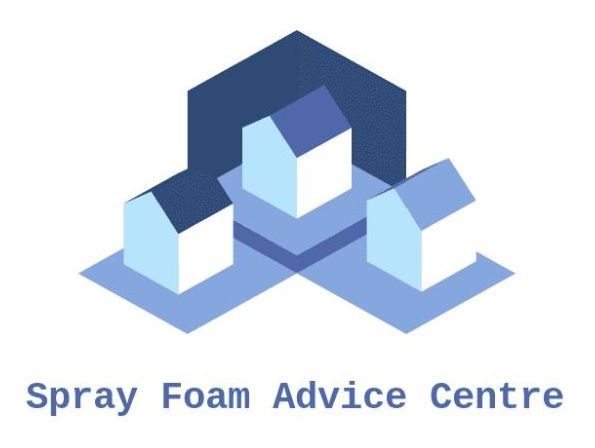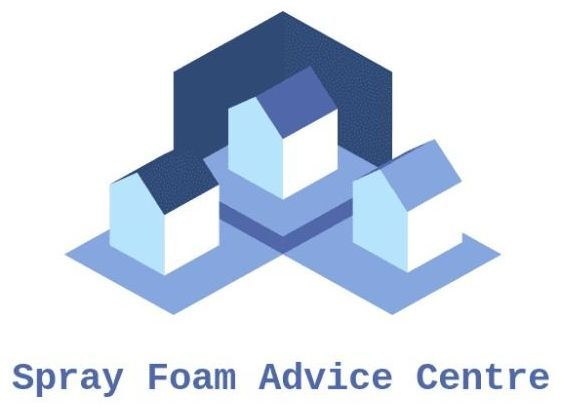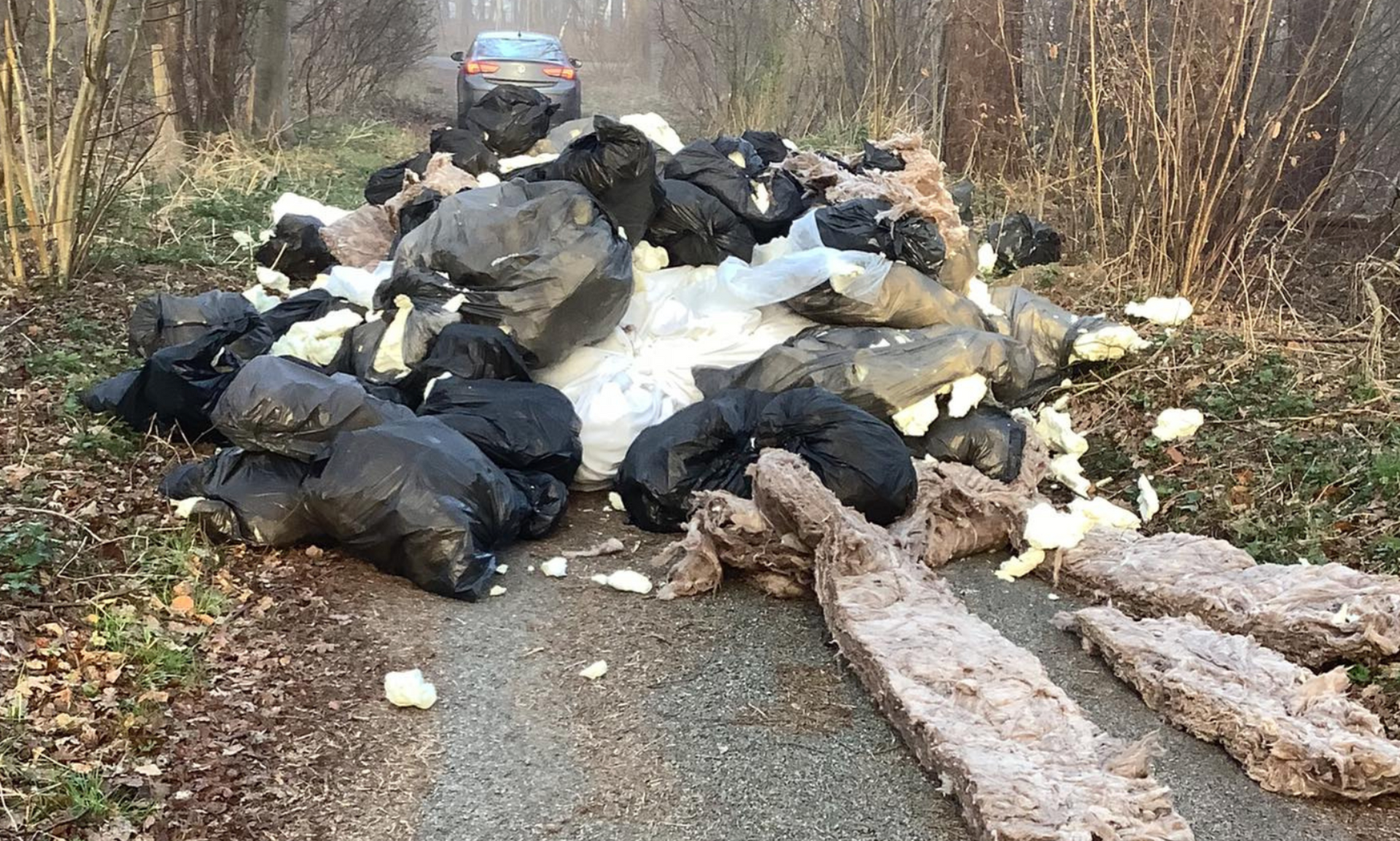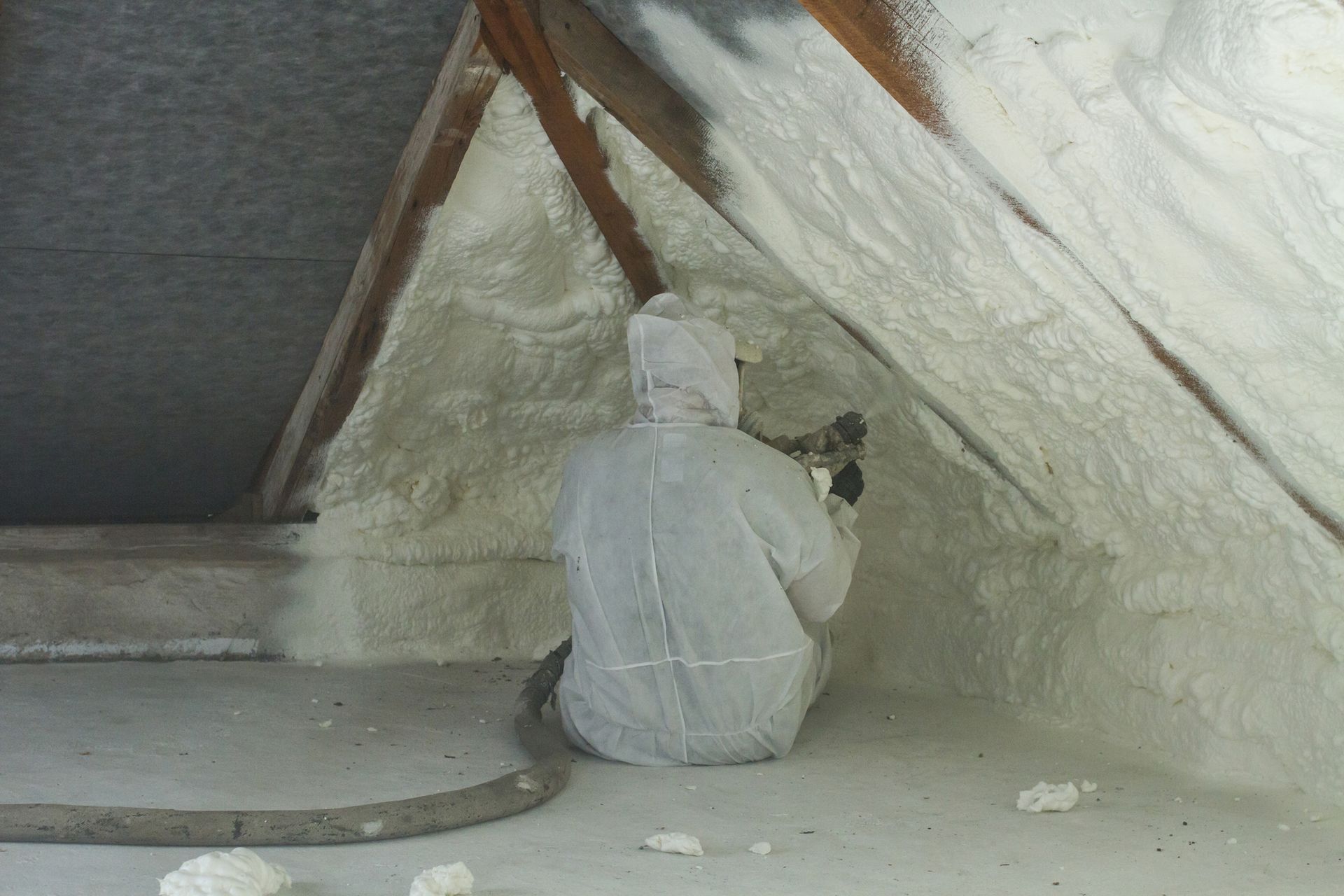How To Remove Spray Foam Insulation.
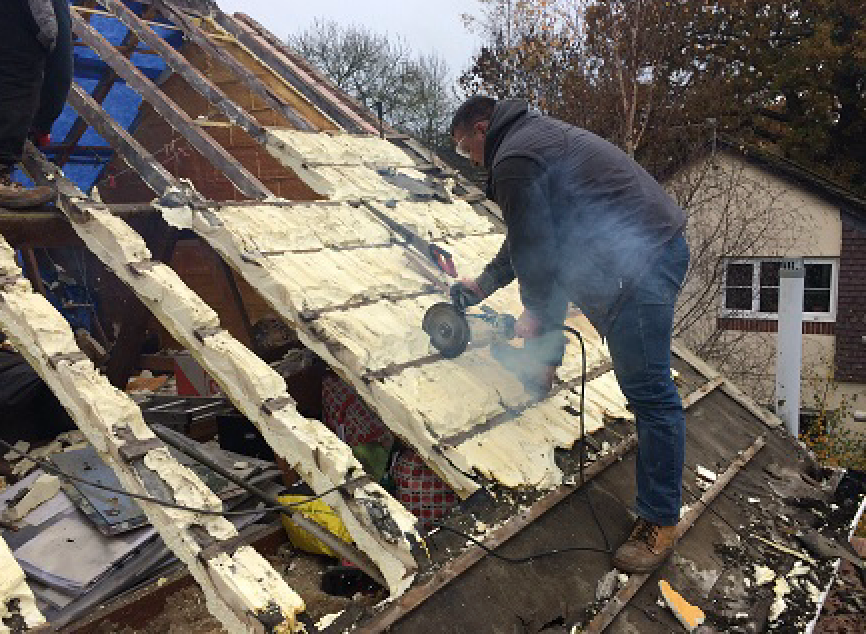
The Comprehensive Guide to Open Cell Spray Foam Removal from Lofts
Open cell spray foam insulation is a popular choice for many homeowners due to its excellent insulating properties and energy efficiency. However, there are instances when removal becomes necessary, whether due to improper installation, the detection of moisture or mold, or renovation requirements. As a professional surveyor, I will guide you through the in-depth process of removing open cell spray foam from a loft while highlighting key steps and considerations.
Understanding Open Cell Spray Foam Insulation
Open cell spray foam consists of small cells that are not completely closed, allowing air to fill the spaces within the foam. This characteristic makes it lightweight and effective at filling irregular gaps and spaces, but it also makes it vulnerable to moisture absorption. Removal of this material should be carried out with care to prevent damage to structural components and ensure safety.
Step-by-Step Process for Removal
1. Preparation and Safety Protocols
Personal Protective Equipment (PPE):** Before beginning the removal process, it’s essential to wear appropriate PPE, including gloves, goggles, and a respirator. This protects you from potential irritants and harmful particles that may be released during the removal.
Secure the Area: Seal off the loft from other areas of the property to prevent dust and debris from dispersing. Use plastic sheeting to cover openings and vents.
2. Assessment of the Area
Visual Inspection: Conduct a thorough visual inspection to understand the extent and condition of the spray foam insulation. Look for signs of moisture, mold, or any structural issues that may need to be addressed.
Documentation:Take photos and make notes regarding the quantity of foam, condition, and any specific areas of concern. This documentation is useful for planning and potential future reference.
3. Use of Proper Tools and Equipment
Cutting Tools: Utilise a utility knife or specialised foam removal tools to carefully cut into the foam. It’s crucial to assess the depth of the foam to avoid damaging any underlying structures such as rafters or wiring.
Removal Equipment:** A combination of hand tools and power tools may be needed. A heat gun can help soften the foam for easier removal, while pry bars can assist in lifting larger sections.
4. Careful Removal of Foam
Methodical Approach:Begin at the edges of the foam and work your way inward. It's often more effective to remove the foam in manageable sections rather than trying to take out large amounts at once.
Avoid Structural Damage:As you cut, be mindful of any attached wiring or ductwork. Employ a cautious touch to minimize the risk of damaging important structural elements.
5. Disposal of Removed Material
Proper Disposal:** Open cell spray foam material should be disposed of according to local regulations regarding hazardous materials. Contact local waste management authorities for guidance on the proper disposal process.
6. Post-Removal Assessment
Inspect the Area:After the foam has been removed, inspect the loft space for any signs of damage, moisture, or mold that may have been hidden by the insulation. Address any issues promptly to ensure a safe and healthy environment.
Consider Replacement:Depending on the condition of the loft’s structure, you may want to consider re-insulating with a different material or consulting with a professional for recommendations.
Conclusion
Removing open cell spray foam insulation from a loft is no small task and should be approached with careful consideration and expertise. Whether addressing moisture issues, preparing for renovations, or simply wanting to improve home efficiency with a different insulation type, it’s essential to prioritize safety and follow proper removal procedures. Engaging a professional service may also be advisable for those unfamiliar with handling insulation removal. For effective and safe spray foam removal, take the time to assess the situation, prepare adequately, and execute the removal meticulously to ensure optimal results and a structurally sound loft.
By following these guidelines, you can help ensure a thorough and successful open cell spray foam removal, ultimately leading to a safe and energy-efficient home environment.
By,
Adam Gough - Spray Foam Advice Centre

